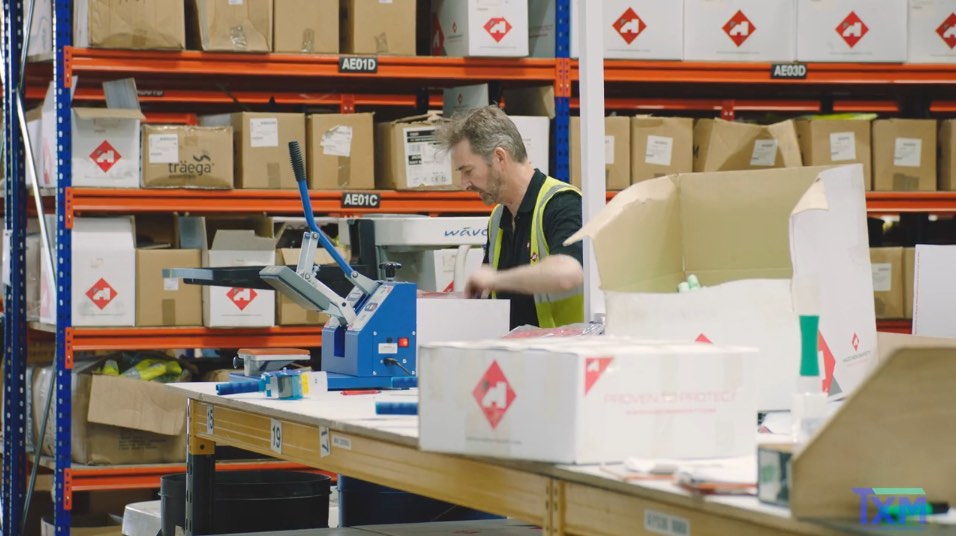
We all know about the seven wastes of Lean Manufacturing and hopefully can recite them by heart. Most of us now accept that underutilised human potential is the eighth waste, but are you ready for a ninth waste?
The 9 Wastes Of Lean (First, the Seven Wastes)
In Lean, waste or non-value added time is typically classified in to seven wastes.
TIMWOOD Lean
These can be remembered by the acronym TIMWOOD and in an office or service environment they usually are:
- Transportation – transporting information and documentation from office to office and place to place.
- Inventory – Baclklogs, batch processing and excess quanitites of stationery and other consumables.
- Motion – Physical motion from place to place and office to office.
- Waiting – Waiting for approvals, waiting for computer processes, waiting for other team members to complete tasks.
- Over-Processing – processes that do not add value such as excessive checking, multiple data entry, excessive approval steps.
- Over-Production – completing more work than is needed or sooner than is needed.
- Defects – Errors and incomplete work.
Most people will add an eighth waste, the waste of underutilised people. This is really not fully using people’s skills, abilities and intelligence.
The Ninth Waste – The Waste Of Knowledge
Over the years I have seen lots of attempts to add to this list, but our Senior Lean Consultant, Justin Tao has defined a ninth waste that we realise is very common in office, service and engineering processes, this is the waste of ‘knowledge’. This is when expertise, solutions to problems and ideas are not shared.
For example in a law firm that we have worked with, different lawyers working in different offices for different clients will often have to deal with very similar issues. This might require letters to be drafted and legal precedents to be found. The next time this kind of matter arises it is likely that the next lawyer will have to spend time searching for the same precedents or drafting a very similar letter. When this happens it is the waste of knowledge, since the experience of the first lawyer had been captured and shared with the second, much of the time involved in writing the letter or searching for precedents could be eliminated.
Likewise in engineering processes, often the same design problems are faced regularly in different situations. When this knowledge is not shared, waste is created. Typically knowledge in manufacturing such as standard work, bills of materials and quality standards is explicit knowledge. This knowledge is based on fact, is easily codified and can be transferred from person to person without loss of integrity.
Knowledge in Service or Office environment, particularly professional services such as the law, engineering, consulting or medicine is typically tacit knowledge. This kind of knowledge is complex and “sticky”, developed over a long period of time, often used infrequently, requires dense time to participate & difficult to transfer.
Ways To Reduce Waste Of Knowledge
There are a range of techniques that can be used to reduce waste of knowledge. These can include:
- Creation of Knowledge Databases – CRM systems or PLM systems can be useful for this.
- Demonstrations and Simulations
- Checklists, Matrices and Flowcharts
- Sharing through team events:
- Team Reflection Sessions
- Internal Conferences
- Daily Meetings
- Professional Development Sessions
Conclusion
There are many other ways to eliminate the waste of knowledge, however the first step is actually identifying this waste and getting a shared acceptance among experts that sharing knowledge is in everyone’s interest. Often the view by individuals that “knowledge is job security” is the greatest barrier to overcoming this waste. So if you work in an office or service environment you now have nine wastes to look for – good luck – more opportunity to improve.





